#scubapro
Text
Would you swim thru my ring with me.
419 notes
·
View notes
Text

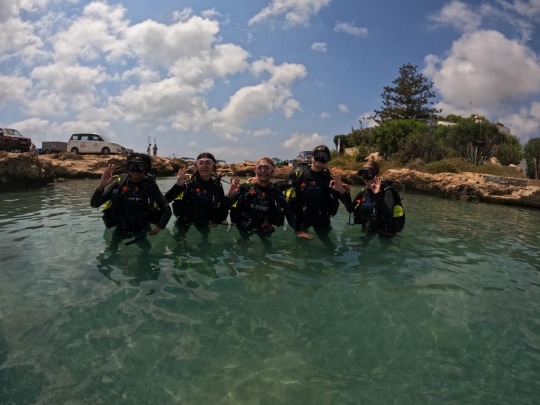

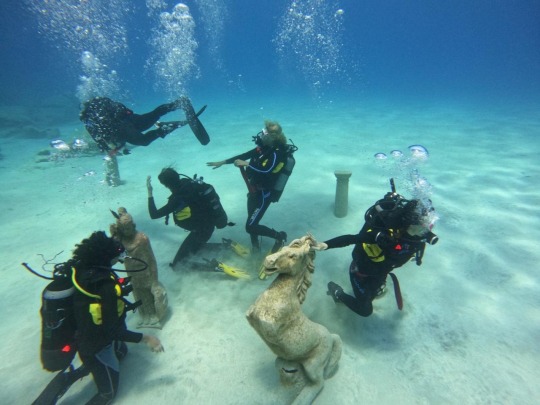
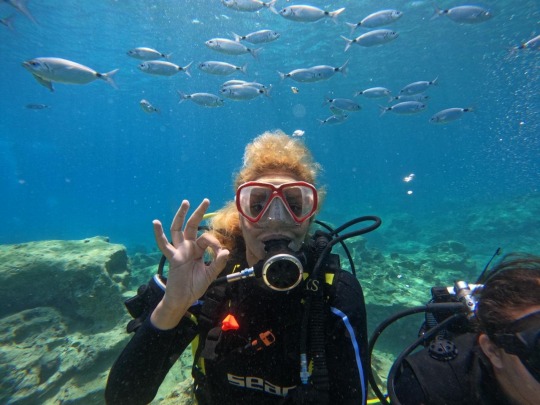



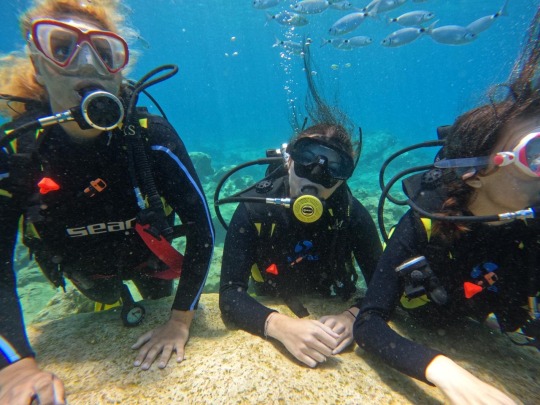

#scubadiving#scuba: explore the underwater world#scuba diving#scubagear#scubalife#scubaworld#scubalove#scubaphoto#scubapro#scuba#wreck diving#divemaster#divingcyprus#divingprotaras#diving#scubagirl#idive#idivecyprus2023#idivecyprus#scubadivingprotaras#scubadivingayianapa#scubadivingcyprus#scubadiver#protarasdiving#protarasscubadiving#protaras
15 notes
·
View notes
Text
📸 Diving into the cold season with my first dry suit dive this October! We explored the depths to witness the remnants of the “Caroline Rose” shipwreck in Tobermory. Did you know she’s a sistership of the iconic Blue Nose? Dive in with me! 🌊🚢
• Depth: 55ft/16.3mts
• Temp: Refreshing 19C
3 notes
·
View notes
Text

Back Seat Divers by @ricklondoncartoons & Gifts
See the merch -
#diving#scubadiving#scubagram#scubapro#scubagirl#scuba gear#underwater#deep sea diver#back seat driver#back seat#back seat drivers#rick londoncartoons#rick london gifts#funny gifts#funny scuba gifts#scuba gifts
7 notes
·
View notes
Text

Yesterday 3 July, release of the new 2nd grade CMAS of the Udinese Underwater Club in Kostrena (Fiume) Croatia, on the east coast of 'Istria. Wonderful day, with multiple species of fish, including a beautiful Octopus, a bit scared.
Ieri 3 luglio , uscita dei nuovi 2° grado CMAS del Club Udinese Subacquei in Kostrena(Fiume) Croazia, costa Est dell 'Istria. Giornata stupenda , con molteplici specie di pesci , tra cui anche un bellissimo Polipo, un po' impaurito.

#scubatravel#scubaphoto#scubadiving#scubagirl#scubapro#scubalife#scuba: explore the underwater world#man underwater#underwaterart#diving#divine feminine#scubagram
3 notes
·
View notes
Photo

CEDIFOP - INFO: ++39 338 3756051 (anche su WhatsApp)- www.cedifop.it - [email protected]
corsi per OTS, INSHORE DIVER (Saldatore Subacqueo), OFFSHORE AIR DIVER (TOP UP), DIVER MEDIC
SEDE: Molo Sammuzzo, Porto di Palermo
-----------------------
#cedifop#underwaterphotography#scuba#scubapro#scubasicily#scubadiving#immersione#divinginstructor#palermotoday#palermocity#sardegnaterraemare#palermo#portodipalermo#diver#sardegnamare_social
4 notes
·
View notes
Photo
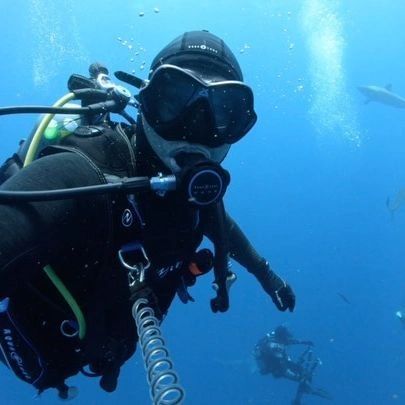
Aquatic #scuba #scubqdive🏊 #scubadiving #scubalife #scubalove #scubadivingmag #scubaphoto #scubaworld #scubagram #scubapro #scubadivinginstructor https://www.instagram.com/p/Ccsll3boQmS/?igshid=NGJjMDIxMWI=
#scuba#scubqdive🏊#scubadiving#scubalife#scubalove#scubadivingmag#scubaphoto#scubaworld#scubagram#scubapro#scubadivinginstructor
2 notes
·
View notes
Text

SCUBAPRO scuba cross
Digital Wrist Watch for Divers
1 note
·
View note
Text
Dive Into the Depths of Scuba Diving
Are you looking for an adventure? A way to explore the unknown and uncover hidden mysteries lurking beneath the surface? If so, then scuba diving is the perfect activity for you. Scuba diving is a popular recreational activity that allows you to experience what lies beneath the waves. It’s an experience that can be both exhilarating and calming at the same time. Let’s take a closer look at what it takes to become a certified scuba diver.
Getting Certified
The first step in becoming a certified scuba diver is taking a basic course. These courses are offered by dive centers and instructors all over the world. The courses typically consist of classroom instruction, pool training, and open-water dives. During these classes, students learn about safety protocols, proper dive techniques, and how to use their gear. After completing all requirements and passing a final exam, divers will receive their certification card which they can use to prove they are qualified to dive anywhere in the world.
Exploring Underwater Worlds
Once you have your certification card in hand, you can start exploring some of the incredible underwater worlds that exist around the globe. From magnificent coral reefs teeming with life to mysterious shipwrecks lying in wait at the bottom of oceans, there are countless sights waiting to be discovered by adventurous divers. Whether you’re interested in seeing colorful tropical fish or seeking out ancient artifacts, there is something for everyone when it comes to scuba diving.
Essential Gear
To make sure your diving experience is safe and enjoyable, it’s important that you have all of the necessary gear with you before each dive. Necessary items include your wetsuit (or drysuit), mask & snorkel set, fins/booties/gloves/hood (depending on water temperature), weights & weight belt/BCD (buoyancy control device), regulator & octopus (alternate air source), cylinder & tank valve/gauges/hoses/adapters (if using compressed air tanks), primary light source & backup light source (if going deep or night diving). All of this equipment should be properly inspected before each dive as well – after all, safety should always come first!
Scuba diving is an amazing way to explore some of Earth’s most secluded places without ever leaving home. With some basic training and essential equipment, anyone can become a certified diver ready for new adventures! So if you’ve been longing for an exciting adventure filled with mystery and wonderment just waiting below the surface of our planet’s vast bodies of water – why not give scuba diving a try? You never know what wonders await down there!
0 notes
Text
Surprise guest 🐙
479 notes
·
View notes
Text


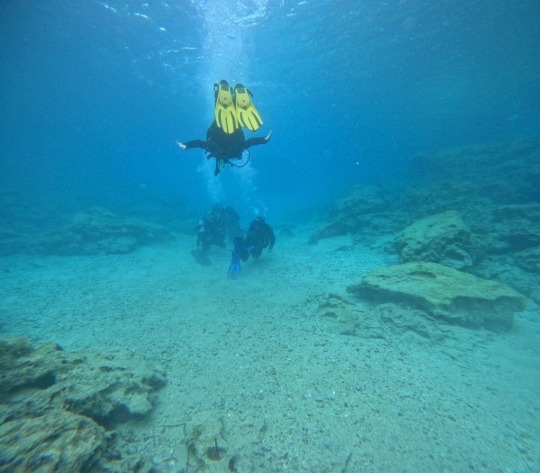
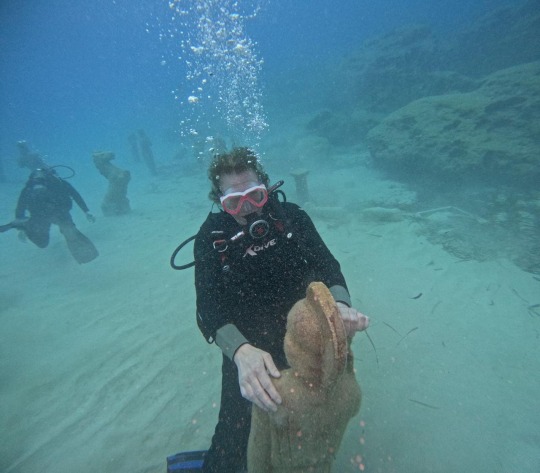

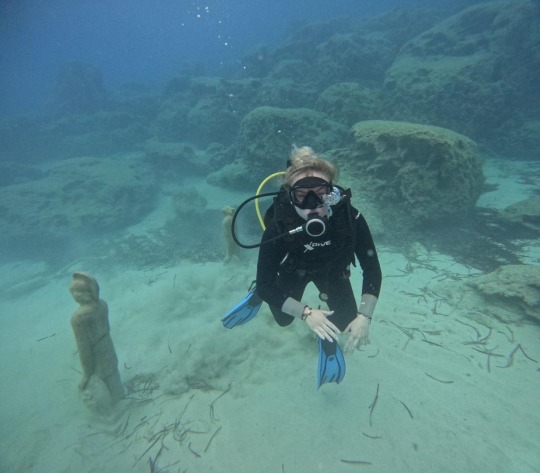
Awesome morning at Green Bay with a lovely family from denmark. #scubadivingcyprus #idivecyprus2024
#scubadiving#scuba: explore the underwater world#scuba diving#scubagear#scubalife#scubaworld#scuba#scubalove#scubaphoto#scubapro#idivecyprus2024#idivecy#idivecyprus#scubadiver#scubagirl#scuba gear#sculpture#scubadivingprotaras#scubadivingcyprus#protarasdiving#protarasscubadiving#protaras#cyprusscubadiving#cyprus#zenobiwrecklarnaca#zenobiawreck#zenobia#padicyprus#padieliteinstructor#paditv
3 notes
·
View notes
Text
Bro, do you even float? The BCD at a glance.
The BCD also known as “Bad Conduct Discharge” kidding - I mean, also known as “Buoyancy Compensation/Control Device”.
The BCD is an essential piece of equipment for the scuba diver. It is worn like a backpack and attaches to the scuba tank. The BCD allows you to control your buoyancy, or how high or low you float in the water. You can inflate it with air to float up and deflate it to sink down. It also has straps that allow you to adjust your position in the water. In addition to controlling buoyancy, many BCDs also have pockets and D Rings to hold your dive accessories and a safety feature that allows you to quickly inflate the BCD in an emergency.
Which type BCD should I get?
It is a popular question I hear from those starting to make their first serious investment, among one of the many significant investments into the scuba journey, and while popular, the answer is loaded with - it depends -. Yes, it depends on your scuba journey. We all have one and at times it organically changes, with our experiences and as our knowledge growths into this exciting sport.
So, to make this decision one must first understand the many types of BCDs used in scuba, which by the way is by no means this an exhaustive list but like much in the diving industry I find the technology has not changed much in the past 10-20 years and while new models claim to be revolutionary are simply aesthetics, type of material or gimmicky.
With that said, there are several types of buoyancy control devices (BCDs) used in scuba diving, including:
Jacket-style BCD
These are the most common seen type. It is shaped like a jacket that wraps around the diver's torso. They have a large bladder in the back that can be inflated or deflated to control buoyancy. It is easy to use, comfortable and allows you to keep nearly half your body above water, which to an apprehensive new diver provides great comfort. Newer models integrate the weight/ballast system with the jacket so no more weight belt to worry about, has large pockets and D rings that are easily accessible. Among the notable cons include how heavy and cumbersome they are to travel with, will hinder the diver’s mobility and are less streamlined than other types of BCDs.

Back-inflation BCD
These BCDs have the bladder located on the back of the diver, allowing for greater diver mobility and a more streamlined profile. Usually smaller and lighter than a Jacket-style BCD, known to be great for travelling. On the negative side, there are a lot of claims of not being comfortable and harder to control buoyancy, which I believe are criticisms hurled by less experienced divers that, with time, they will learn to control their own trim and buoyancy and this type of BCD will be a great improvement from the style they’ve started with. Full disclosure here, this is my go-to type of BCD and the one I use today. (Picture of my actual model below)

Wing and Back Plate BCDs
Wing BCDs have a large bladder that wraps around the diver's sides, similar to a "wing" shape. They are popular with technical divers due to their ability to provide the necessary lift for multiple tanks however, they tend to be bulky and unless it is used for its intended purpose, difficult to move in the water. On the other hand, the Back Plate BCD have a separate bladder (like a wing BCD) that attaches to the backplate, this type provides more mobility and streamlined and are great for keeping the diver horizontally underwater. The Black Plate option also allows for many different alloys and materials that make this BCD modular enough for assembling, customization and expanding its capabilities as well as making them easy to travel with.
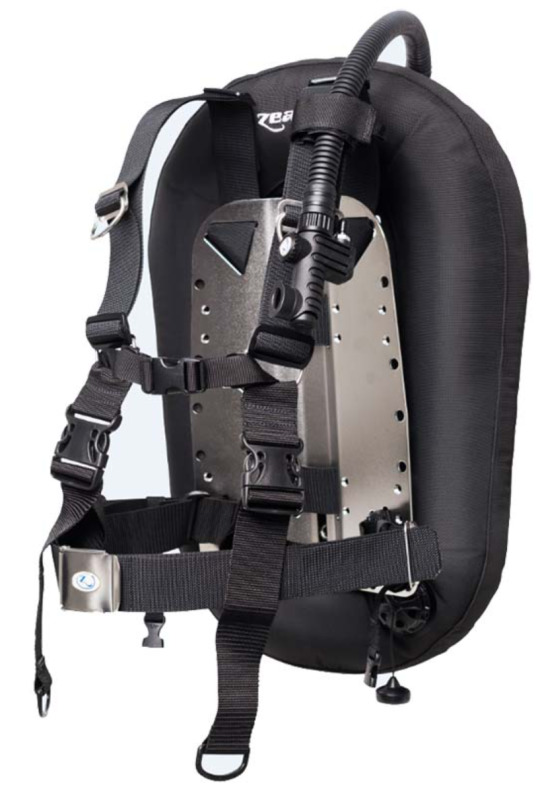
What is the average lifecycle of a BCD?
Well, here is where the quality of materials and how well you care for your BCD needs to added to the algorithm. If well taken care of, a superior quality BCD will last you for about 8-10 years with constant diving. If a BCD is not used, its lifecycle could potentially be a lot less so get in the water!
Ultimately, the type of BCD that is best suited for a diver depends on your diving preferences, experience level, and the type of diving you will be doing. Jacket-style BCDs are great for beginner divers, while more experienced divers may prefer a back-inflation or wing BCD. Plate BCDs are typically used by technical divers.
Remember to never rush out to invest into a complex model just because you want to appear to be more experienced. I always recommend, you go to your local scuba shop, speak to them about your level of experience, your planned future dives and I can assure you that not only you will learn a lot about BCDs but you will end up buying a great BCD to fit your lifestyle and perhaps even a new friend!
When investing on any scuba equipment, focus on enjoying your time underwater, learn, learn and continue to learn. It doesn’t matter if you have 10, 50 or hundreds of dives logged, you will never stop learning. Let your learning dictate the time when you are ready to comfortably try other models and scuba techniques. Now let’s burn some bubbles!
#scubadiving#scubapro#divelife#diving#divingtrip#oceanlove#scubagear#scuba#scubatravel#underwateradventure#toronto#things to do
6 notes
·
View notes
Text
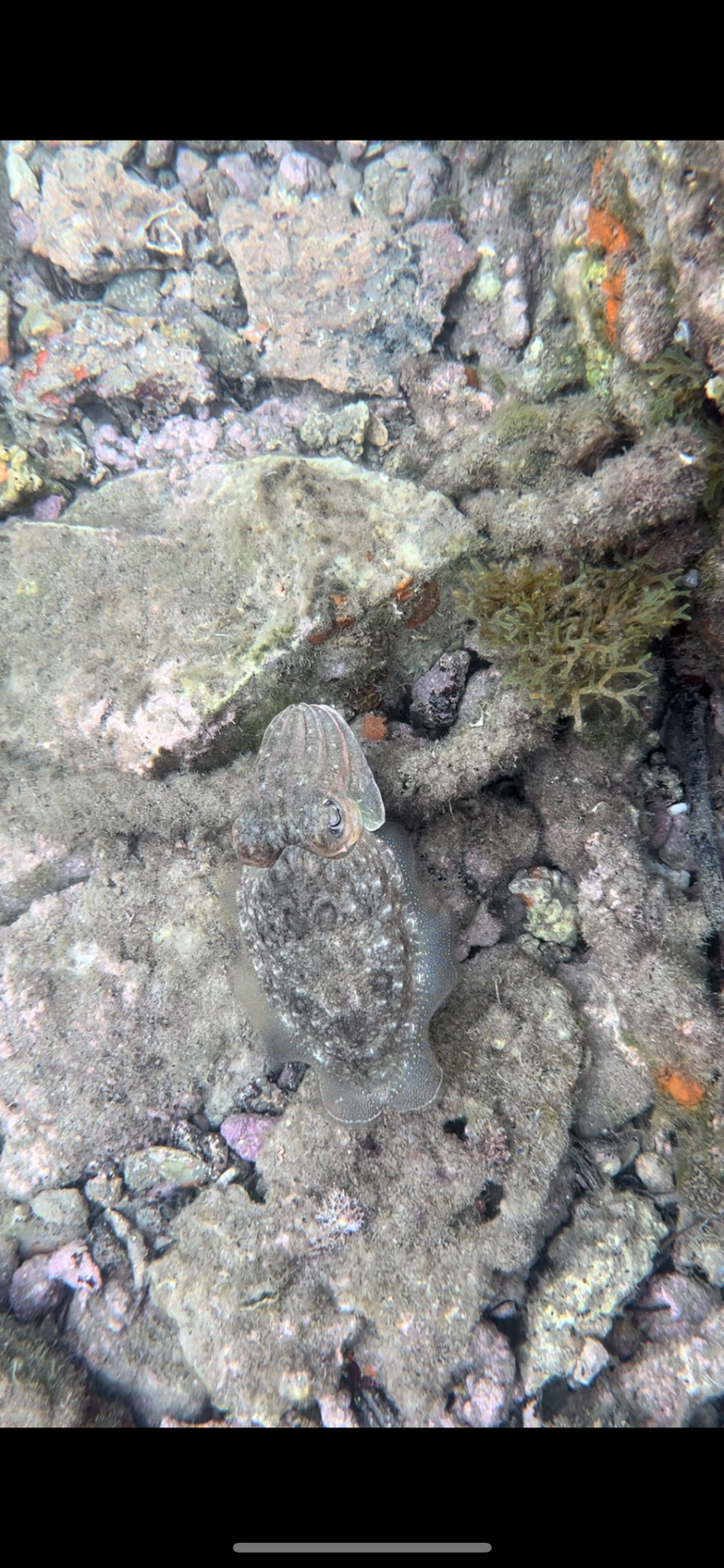
1 note
·
View note
Text
Nuovi 2° Grado CMAS (FIPSA)

Brevettati secondi grado Ieri 19 e sabato 18 giugno , si sono svolti gli esami per il conseguimento dei brevetti di 2° Grado della FIPSA (CMAS) , per 9 allievi di 1° Grado del Club Subacqueo Udinese in località Labin ( Albona) Croazia , sulla costa Est dell'Istria.
Tutte le immersioni sono andate benissimo , con svariate difficoltà, che gli allievi hanno saputo destreggiarsi egregiamente.
Yesterday 19 and Saturday 18 June, the exams for the achievement of the 2nd Degree certificates of the FIPSA (CMAS) were held, for 9 1st Degree students of the Udinese Underwater Club in Labin (Albona) Croatia, on the est coast of 'Istria.
All the dives went very well, with various difficulties, which the students were able to manage very well.
#man underwater#undersea#diving#scubadiving#scubagirl#scubatravel#scubalove#scubaphoto#scubapro#navy#navy seals
4 notes
·
View notes
